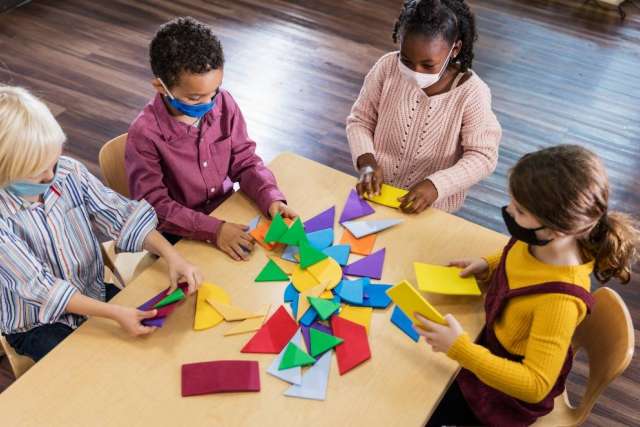Dear Doctors: Can you please talk about OCD in kids? We’ve noticed that our youngest daughter, who is 6, is developing some rituals with numbers and bedtime and mealtimes. She gets pretty worked up if one of her brothers keeps her from finishing. Should we be worried?
Dear Reader: You’re asking about obsessive-compulsive disorder, commonly referred to as OCD. It’s a type of anxiety disorder that often begins in childhood and adolescence, although it can arise in adults as well. OCD is marked by a stressful cycle of unwanted and disruptive thoughts, images or sensations -- that’s the obsessive element -- and repetitive behaviors that become a compulsion.
It’s normal for children of all ages to develop a few habits or rituals to help ease the steep learning curve of growing up. What sets OCD apart is the intensity and rigidity of the thoughts and rituals. Rather than helping a child cope, these behaviors interfere with their daily life. Eventually, OCD begins to hinder a child’s development.
In OCD, obsessive thoughts often focus on a fear of germs, dirt and illness; persistent dread that something bad is about to happen; a fixation on minute details; a craving for symmetry; and fears about physical safety. Compulsive behaviors are often driven by rigid rules that may revolve around numbers and counting. They can include repetitive actions, such as checking and rechecking that a door is locked, or constant hand-washing.
At first, the rituals may indeed soothe or reassure a child. But these types of behaviors tend to expand and multiply. They take increasingly more time and energy to perform, and they create a barrier between the child and the rest of the world. The end result is often an increase in worry and anxiety. This can become so severe that children with OCD may develop sleep disorders, become depressed, avoid spending time with other children or adults, and even have trouble leaving the house.
If you believe that your daughter’s behaviors fit the pattern and intensity of OCD, you can speak with your health care provider about having her evaluated. This involves a psychiatric assessment for her, and a series of questions about her behaviors for the adults in her life to answer. If an OCD diagnosis is reached, the child’s age, mental and physical health and the severity of their symptoms will determine treatment.

Although there is no cure for OCD at this time, a range of therapies and treatments can help someone with OCD manage their condition. This includes cognitive and behavioral therapies, which are tailored to a child’s age. A therapist helps the child identify the fears or worries that drive the behavior, and offers helpful alternatives to reduce or resolve them.
The behavioral component brings the whole family into the equation. This includes agreements and guidelines designed to limit and eventually alter OCD behaviors, as well as family therapy. In some cases, medications may be prescribed to raise serotonin levels in the brain.
You can find useful information, along with contacts for local services and support groups, at the International OCD Foundation’s website: kids.iocdf.org.
At UCLA Health Pediatrics, we provide the highest quality of care to children throughout Los Angeles. Learn more and schedule an appointment.
(Send your questions to [email protected], or write: Ask the Doctors, c/o UCLA Health Sciences Media Relations, 10960 Wilshire Blvd., Suite 1955, Los Angeles, CA, 90024. Owing to the volume of mail, personal replies cannot be provided.)





